#Haleakalā
Text

Clouds at the summit of Mount Haleakalā during sunset 🌅 ☁️ ⛰️ 🏝️
#photography#view#landscape#nature#alohaspirit#alohavibes#islandvibes#island life#exploring#respect nature#sunset#clouds#summit#Haleakalā#Maui#Hawaii#canon#dslr#affinity#vsco#vscocam#outdoors#tourist
0 notes
Text
Experience The (claimed) Quietest Place On Earth
1 note
·
View note
Photo

Haleakla national park - Hawaii Find a souvenir for Haleakla national park🌲🌿🌵 More products available 😃 Worldwide shipping ✈️ All designs are available on my redbubble and teepublic stores. Store link on bio👆 #haleakalanationalpark #haleakalā #haleakala #haleakalasunrise #haleakalasunset #hawaiisunrise #hawaiivolcanoes #hawaiiadventures #hawaii #hawaiivacation #hawaiihikes #hawaiitrip #nationalpark #nationalparkservice #nationalparks #nps #hikingtrails #hiking #camping #campingshirt #sunset #sunrise #volcano #mountains #mountain https://www.instagram.com/p/CfA_AMKvdLe/?igshid=NGJjMDIxMWI=
#haleakalanationalpark#haleakalā#haleakala#haleakalasunrise#haleakalasunset#hawaiisunrise#hawaiivolcanoes#hawaiiadventures#hawaii#hawaiivacation#hawaiihikes#hawaiitrip#nationalpark#nationalparkservice#nationalparks#nps#hikingtrails#hiking#camping#campingshirt#sunset#sunrise#volcano#mountains#mountain
1 note
·
View note
Text

OMUAMUA
“ʻOumuamua is the first interstellar object detected passing through the Solar System. Formally designated 1I/2017 U1, it was discovered by Robert Weryk using the Pan-STARRS telescope at Haleakalā Observatory, Hawaii, on 19 October 2017, approximately 40 days after it passed its closest point to the Sun on 9 September. When it was first observed, it was about 33 million km (21 million mi; 0.22 AU) from Earth (about 85 times as far away as the Moon) and already heading away from the Sun.”
“Its light curve, assuming little systematic error, presents its motion as "tumbling" rather than "spinning", and moving sufficiently fast relative to the Sun that it is likely of an extrasolar origin.”
(Quotes from Wikipedia.)
This immediately made me think of “Rendezvous with Rama” (1973) by Arthur C. Clarke.
#OMUAMUA#planet alphabet#interstellar object#comet#asteroid#Arthur c Clark#rendezvous with rama#Robert Weryk#Haleakalā Observatory Hawaii
33 notes
·
View notes
Photo

Hawaiian view
Haleakalā National Park, Maui
#hawaii#Maui#35mm#analogue#film photography#original photography#photographers on tumblr#ocean#landscape photography#naturecore#Haleakalā National Park#rainbow#ocean view#ocean vibes#sunshower#hiking#national park
15 notes
·
View notes
Text

[ID in ALT!]
Orko in Haleakalā National Park. Damn that's a nice sunset!
8 notes
·
View notes
Text
Maui, Hawaii: Discover the Magic of the Aloha Spirit
Exploring the Magic of Maui, Hawaii
Maui, the breathtaking island in Hawaii, beckons travellers with its stunning landscapes, vibrant culture, and the welcoming Aloha spirit. This paradise, known for its lush scenery and diverse activities, offers a treasure trove of attractions, adventures, and unique experiences that will leave you enchanted. Join us in exploring Maui’s unique charm and uncover…

View On WordPress
#Aloha spirit#attractions#Haleakalā National Park#Haleakalā Summit#Hawaii#Iao Valley State Park#Lahaina#luau#Maui#Molokini Crater#Road to Hana#Travel#tropical fruits#Waihee Ridge Trail#Wailea Beach
0 notes
Text
👏 Beyond the Cinder Cones and Above the Clouds in Haleakalā Crater
0 notes
Text
Maui Part #5, Sunrise at the summit of Haleakalā National Park, HI
To watch the sunrise at the summit of Haleakalā volcano is one of the most popular things to do on Maui. Therefore, you must make a reservation in advance if you want to visit the park between 3 -7am. You can find more information here. Our recommendation would be to arrive at least 1-1.5hrs before the official sunrise, so you can watch the whole beauty of this magical shift from night into day. And bring some warm clothes since it’s freezing cold up there. Although we had to get up in the middle of the night to get there before sunrise, we really enjoyed this special morning and took in every second. We also saw some Nene’s, species of bird endemic to the Hawaiian Islands.
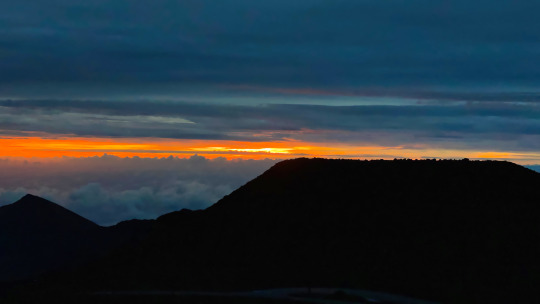
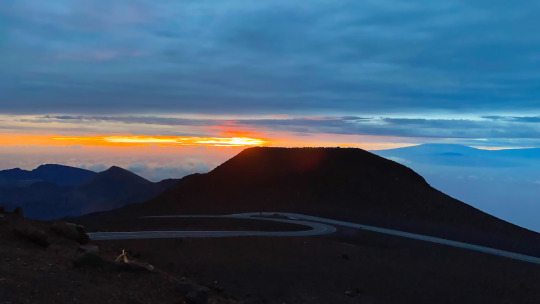

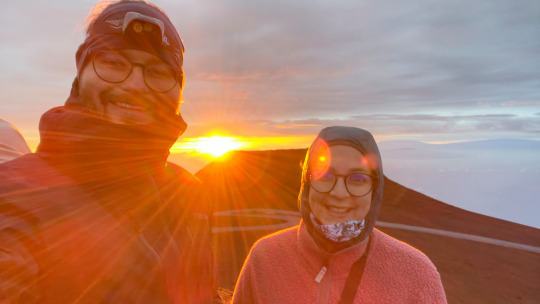
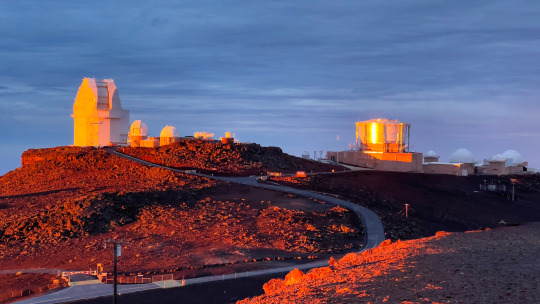
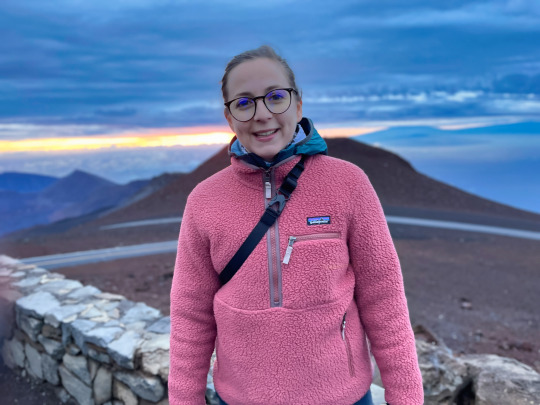






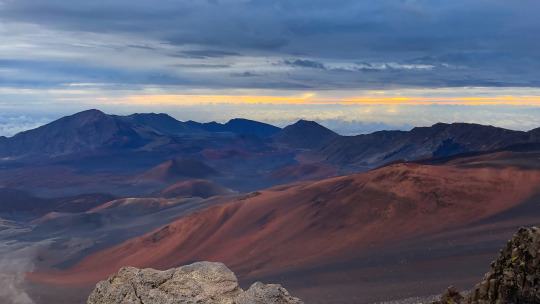
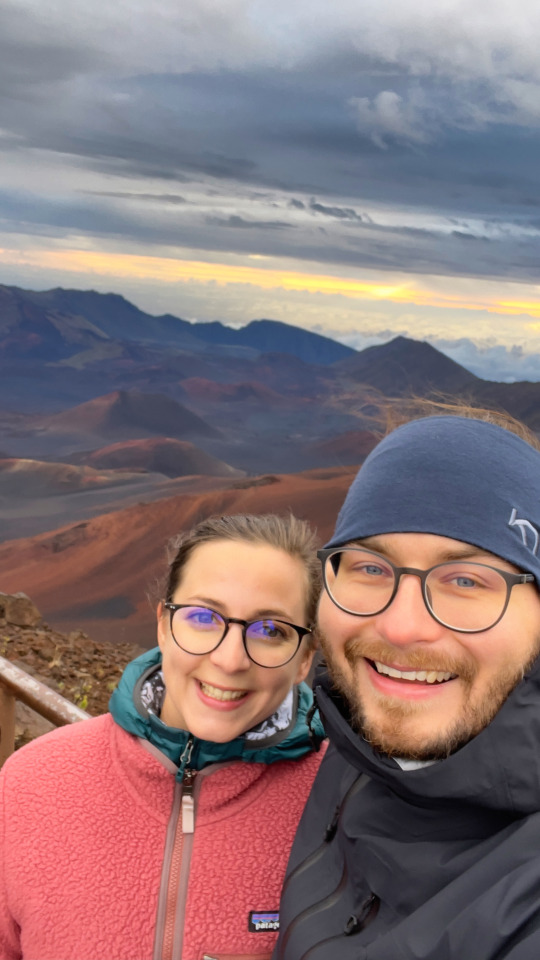


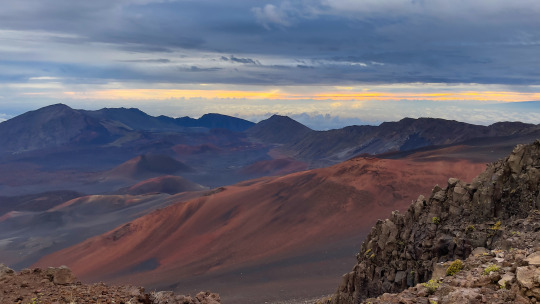

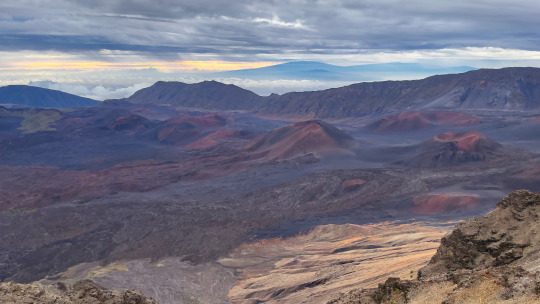

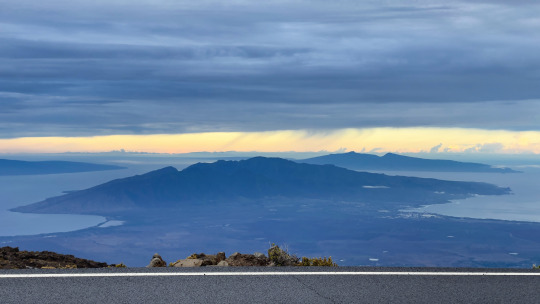


0 notes
Text

#hawaii#haleakalā national park#haleakala national park#rare plant species#rare plants#jenonthetrail.com
0 notes
Text
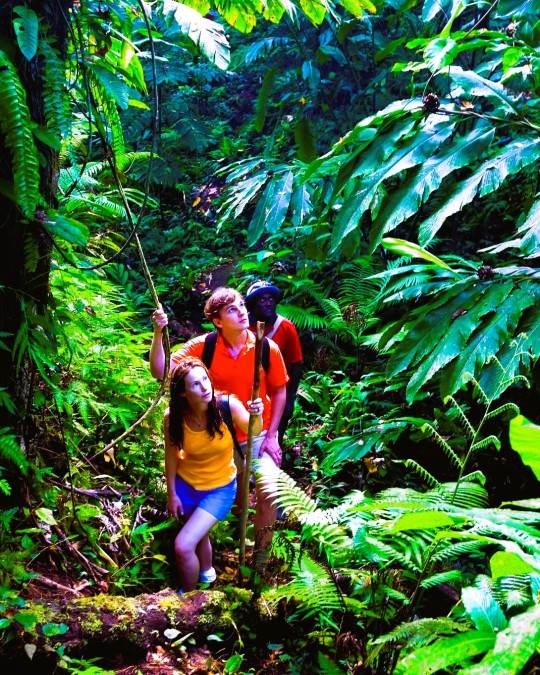
kings Garden Maui, Makawao HI, Hawaii: kings Garden Maui, Hawaii is Hiking area in Hawaii. Nestled in the lush landscapes of Makawao, The Kings Gardens Maui offers an enchanting escape into Hawaii's natural splendor... Makawao is a census-designated place in Maui County, Hawaiʻi, . Located on the rural northwest slope of Haleakalā, the community is known for being the hub of Upcountry Maui, a part of the island dominated by mostly agriculture and ranch land. Wikipedia
61 notes
·
View notes
Text

Nēnē were once extirpated (locally extinct) from the island of Maui (in Hawaii)
Nēnē (aka Hawaiian Geese) were reintroduced throughout Hawaiʻi in the 1960s and conservation efforts have helped populations in Haleakalā National Park recover.
Photo credit: David Yates, NPS
via: Haleakalā National Park
105 notes
·
View notes
Photo
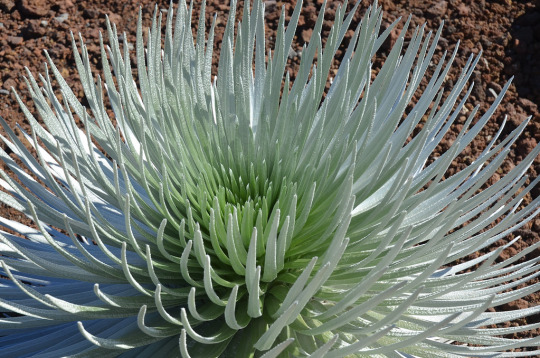

Haleakalā Silversword
Growing at the summit of Haleakala. Indigenous to Maui at elevations above 7,000 feet.
298 notes
·
View notes
Text
My heart is breaking. Deadly wildfires are blazing on Maui, at least 6 have perished thus far and the historic city of Lāhainā has been all but burnt down. Please, find it in your heart and consider donating to the relief funds set up in the wake of this awful tragedy if you are at all able.
#hawaii#maui#maui wildfires#wildfire relief#maui wildfire relief#hawaii wildfire#hawaii wildfire relief#signal boost#please reblog#climate change#global warming
42 notes
·
View notes
Text

Faintest known star system orbiting the Milky Way discovered
A team of astronomers led by the University of Victoria and Yale University has detected an ancient star system traveling around our galaxy named Ursa Major III / UNIONS 1 (UMa3/U1)—the faintest and lowest-mass Milky Way satellite ever discovered, and possibly one of the most dark matter-dominated systems known. The team conducted the study from Hawaiʻi using two Maunakea Observatories on Hawaiʻi Island—W. M. Keck Observatory and Canada-France-Hawaiʻi Telescope (CFHT)—as well as the University of Hawaiʻi Institute for Astronomy Pan-STARRS (Panoramic Survey Telescope and Rapid Response System) on Haleakalā, Maui; the findings are published in a recent edition of The Astrophysical Journal.
"UMa3/U1 is located in the Ursa Major (Great Bear) constellation, home of the Big Dipper. It is in our cosmic backyard, relatively speaking, at about 30,000 light-years from the sun," says Simon Smith, an astronomy graduate student at the University of Victoria and lead author of the study. "UMa3/U1 had escaped detection until now due to its extremely low luminosity."
Observations reveal the stellar system is tiny, with only about 60 stars that are over 10 billion years old, spanning just 10 light-years across. UMa3/U1 has an extremely low mass—at 16 times the mass of the sun, it is 15 times less massive than the faintest suspected dwarf galaxy.
UMa3/U1 was first detected using data obtained from the Ultraviolet Near Infrared Optical Northern Survey (UNIONS) at CFHT and Pan-STARRS.
The team then studied the star system in finer detail using Keck Observatory's Deep Imaging Multi-Object Spectrograph (DEIMOS) and confirmed UMa3/U1 is a gravitationally-bound system, either a dwarf galaxy or a star cluster.
"There are so few stars in UMa3/U1 that one might reasonably question whether it's just a chance grouping of similar stars. Keck was critical in showing this is not the case," says co-author Marla Geha, professor of astronomy and physics at Yale University. "Our DEIMOS measurements clearly show all the stars are moving through space at very similar velocities and appear to share similar chemistries."
"Excitingly, a tentative spread in velocities among the stars in the system may support the conclusion that UMa3/U1 is a dark matter-dominated galaxy—a tantalizing possibility we hope to scrutinize with more Keck observations," says Yale University graduate student Will Cerny, the second author of the study.
How these stars have managed to stay a tight-knit group is remarkable. One possible explanation is that dark matter may be keeping them together.
"The object is so puny that its long-term survival is very surprising. One might have expected the harsh tidal forces from the Milky Way's disk to have ripped the system apart by now, leaving no observable remnant," says Cerny. "The fact that the system appears intact leads to two equally interesting possibilities. Either UMa3/U1 is a tiny galaxy stabilized by large amounts of dark matter, or it's a star cluster we've observed at a very special time before its imminent demise."
With the former scenario, achieving direct confirmation of UMa3/U1 as a faint, ancient, dark matter-dominated satellite star system would be an exciting feat because it would support a prediction in the leading theory for the universe's origin.
Under the Lambda Cold Dark Matter (LCDM) model, scientists hypothesize that when galaxies like the Milky Way first formed, they created a gravitational pull during their assembly process that attracted hundreds of satellite star systems that continue to orbit galaxies today.
A companion study on UMa3/U1's implications on the LCDM theory has been accepted for publication in The Astrophysical Journal and is available in preprint format on the arXiv server.
"Whether future observations confirm or reject that this system contains a large amount of dark matter, we're very excited by the possibility that this object could be the tip of the iceberg—that it could be the first example of a new class of extremely faint stellar systems that have eluded detection until now," says Cerny.
Conclusive evidence of the presence or lack of dark matter in UMa3/U1 is key to determining whether the star system is a dwarf galaxy or a star cluster. Until its classification becomes clear, Ursa Major III / UNIONS 1 has two names. Ultra-faint Milky Way satellites are typically named after the constellation they are discovered in (in this case, Ursa Major), whereas ultra-faint star clusters are generally named after the survey project they were discovered in (UNIONS).
While this star system's identity is still ambiguous, UMa3/U1 paves the way for new perspectives in cosmology.
"This discovery may challenge our understanding of galaxy formation and perhaps even the definition of a 'galaxy'," says Smith.
IMAGE....Hidden in this deep sky image (left) is Uma3/U1, a minuscule group of stars (right) bound together by their own gravity (and possibly even dark matter!) in orbit around the Milky Way. Credit: CFHT/S. Gwyn (right) / S. Smith (left). The Astrophysical Journal (2024). DOI: 10.3847/1538-4357/ad0d9f
9 notes
·
View notes
